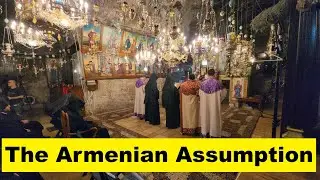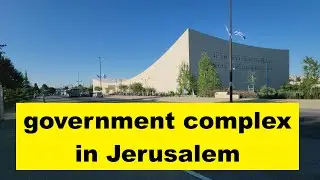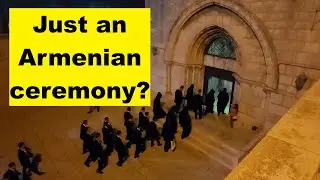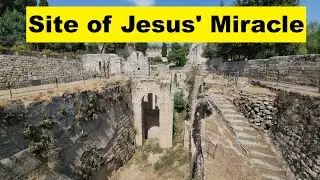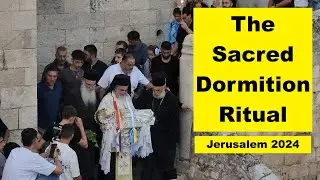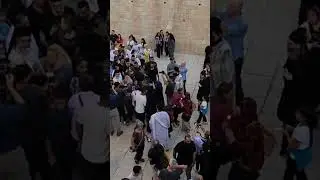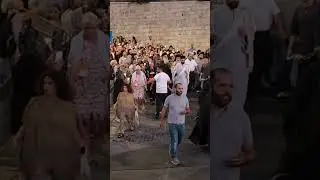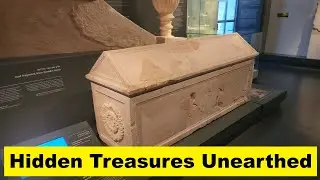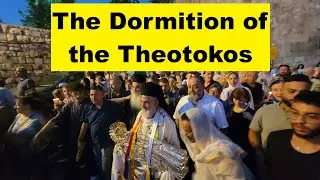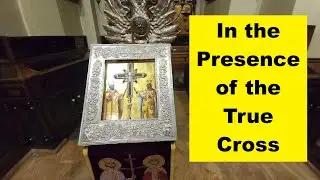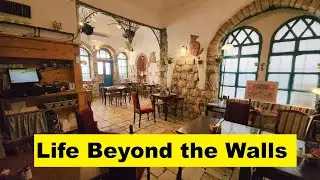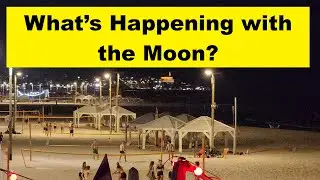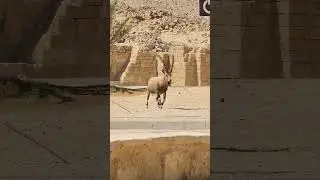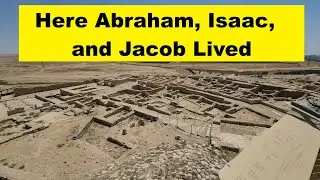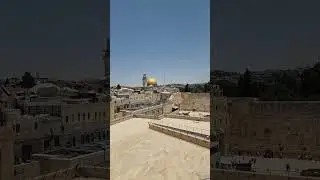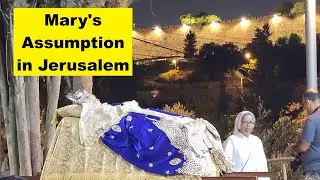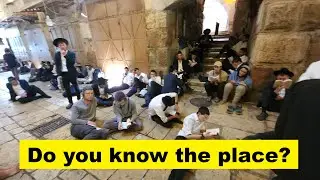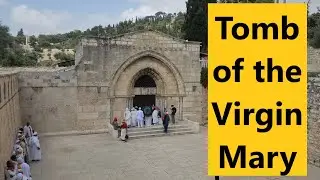The Pool of Arches in Ramla (Israel) - 8th Century underground water reservoir.
Information about the Church of the Holy Sepulchre itself will be provided after this announcement.
Should you wish to support me and my videos please subscribe to my channel and let me guide you through the Holy Land via my videos. In this way, I will be able to continue to do my work of uploading to YouTube. Upon your request and in return I am very much happy to pray for you at the Western Wall and/or light a candle in your name at the Church of the Holy Sepulchre or anywhere else in the Holy Land of Israel.
Should you have a personal request I will be more than happy to respond and even film it in a personal video.
Support and purchase of goods from the Holy Land: https://www.buymeacoffee.com/zahishaked
Support using PayPal: https://www.paypal.com/paypalme/zahis...
Kindly share this site with your other friends/family that are interested in the rich and sacred history of Israel.
Thank you so much
Your tour guide
Zahi Shaked
/ zahishakedisraelitourguide
/ zahi_shaked_israeli_tour_guide
https://linktr.ee/zahishakedtourguide...
Mordecai Ben Jehuda (Mordecai Ben-jehuda)
[email protected]
Arab period – Umayyad Caliphate (661-750 A.D.)
The Umayyad Caliphate was the second of the four major Islamic caliphates, who ruled the Muslim empire in years 661-750. The Umayyad governor of the Palestine district, Sulayman ibn Abu al-Malik, selected a site in the sands west of Lod/Lydda to serve as the administration center of the Arab “Jund Filastin” (military district of Palestine), one of the five districts in the Syrian (Ash-Sham) province of the empire. It was strategically located along the major crossroads, and yet far enough from the Byzantine naval raids. The new city, established in ~715 AD, was named “Er Ramleh”, meaning: “Sandy”, as the city grew in the sands. Soon enough the new city was flourishing, replacing Lod as the commercial and administration center. Sulayman remained in the newly founded city even after he became the Caliph (ruled 715-717).
However, grand engineering solutions were required in order to provide a sufficient water supply, at a place where there were few natural solutions. Initially, cisterns and deep wells were used. To fundamentally resolve the city’s water supply needs, Sulayman built a long aqueduct in order to bring the waters from a group of springs located 12 KM south east of the city. These springs are located near Tel Gezer and the Ottoman village of Abu-Shusheh.
Arab period – Abbasid Caliphate (750-1258, 1261-1517 A.D.)
The Abbasid Caliphate was the third of the four major Islamic caliphates, who ruled the Muslim empire in years 750-1258. and 1261-1517.
A large underground water reservoir, named today as the Arches Pool, was constructed and completed in the year 789. It received the waters of the aqueduct, as well as being fed from rainfall, serving the growing needs of the population in the new city. An inscription in the entrance wall names Harun al-Rashid, the fifth caliph of the Abbasid Caliphate, as the ruler who instructed to build this amazing structure. Al-Rashid (“the Just”) ruled in Baghdad from 786 to 809, during the peak of the Islamic golden period, and is known to have inspired the tales of the famous Arabian Nights (1001 nights).
The aqueduct was in use for 150 years. After then, the major flow to the pool of arches was suspended, and it dried out. As a result of the great earthquake of 1068 in the southern part of Israel, the city was severely damaged and subsequently the city’s area has decreased in size. This left the pool outside the city limits and neglected until modern days.


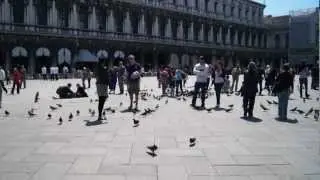



![[FREE] Future x Southside x 808 MAFIA Type Beat 2021 -](https://images.mixrolikus.cc/video/4TsXzTbqKK0)

